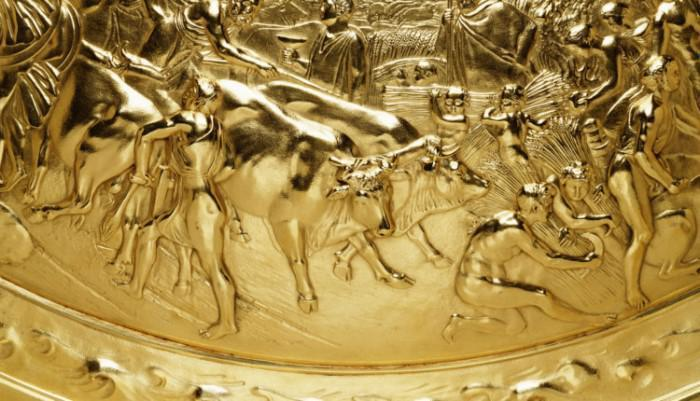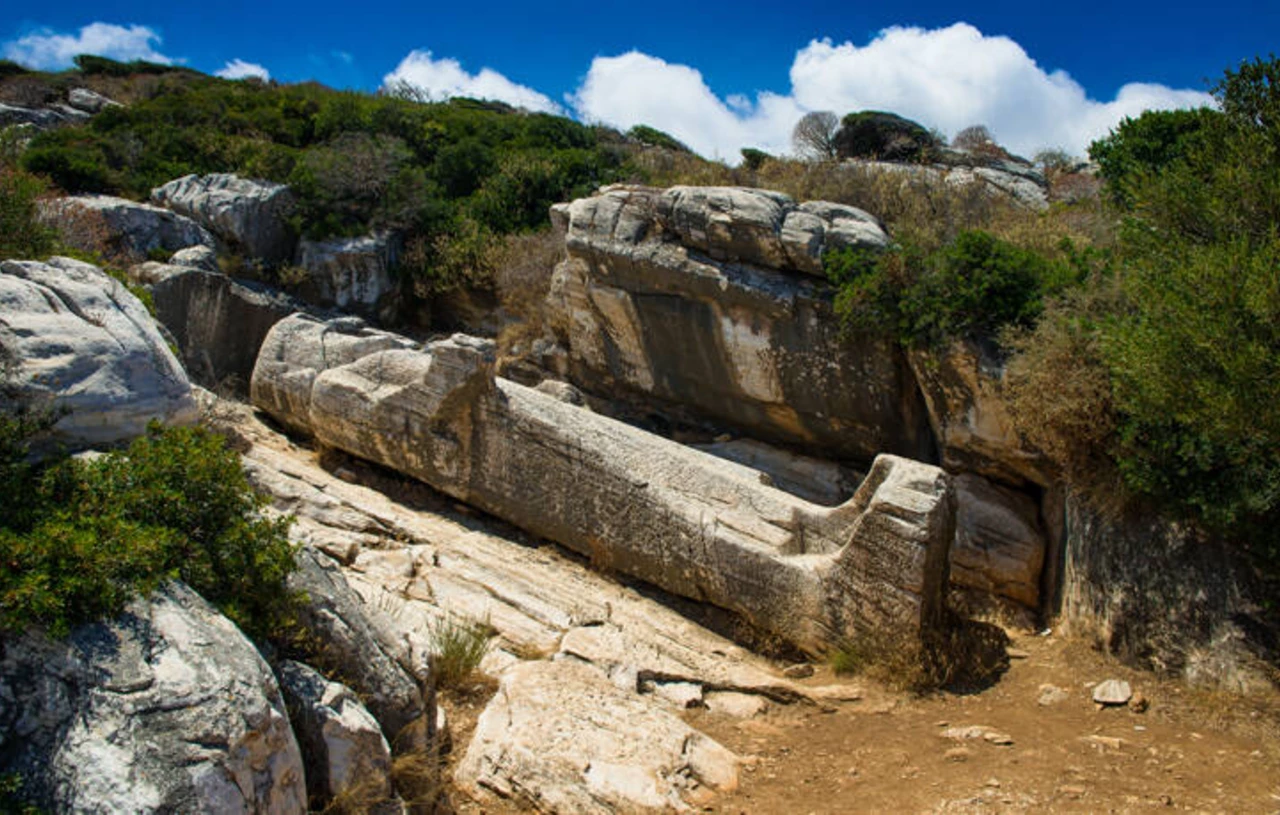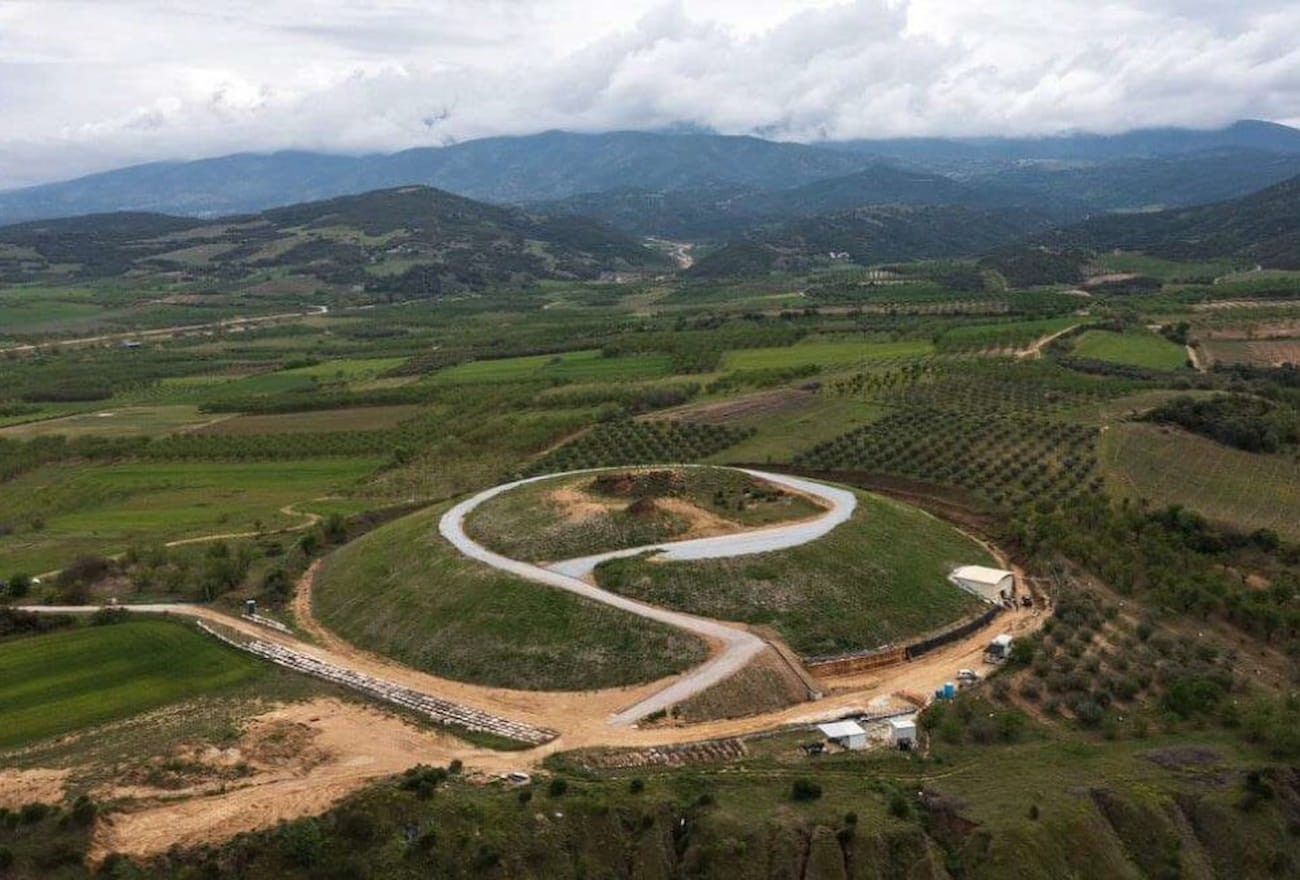The legend of the Wandering Jew is one of the most enduring and enigmatic myths in Western culture. Rooted in medieval Christian folklore, the tale recounts the story of a man cursed to wander the earth until the Second Coming of Christ. Over the centuries, this myth has evolved, absorbing diverse cultural narratives and sparking debates about its religious, moral, and social implications.
Origins and Evolution of the Legend
The earliest recorded references to the Wandering Jew appear in 13th-century Christian texts. The story likely emerged from biblical interpretations and apocryphal tales surrounding the Passion of Christ. One of the most common versions centers on a Jerusalem shoemaker or doorkeeper named Cartaphilus, who mocked Jesus on his way to crucifixion. In response, Christ cursed him to "tarry until I return."
As the myth spread across Europe, the identity of the Wandering Jew varied. Some versions referred to him as Ahasuerus, while others linked him to figures like Malchus, the servant of the high priest Caiaphas. Each iteration reinforced the idea of perpetual wandering as divine punishment, a narrative that resonated deeply with medieval Christian audiences.
Symbolism and Moral Lessons
The Wandering Jew came to symbolize the consequences of faithlessness, pride, and cruelty. His ceaseless journey became a cautionary tale, warning against moral transgression and the denial of divine truth. Additionally, the legend echoed broader Christian themes of repentance and redemption, as the Wanderer's suffering served as a penance for his actions.
In some interpretations, the Wandering Jew represented the Jewish people as a whole, reflecting the medieval Christian belief in Jewish displacement as divine retribution. This association fueled antisemitic narratives that persisted through the centuries, casting a long shadow over the myth's cultural legacy.
Cultural Representations
The Wandering Jew's story permeated literature, art, and folklore throughout Europe. In 17th-century Germany, chapbooks circulated widely, depicting his encounters with historical events and figures. Romantic writers like Goethe and Shelley explored the theme of eternal wandering, weaving it into broader existential inquiries.
In visual art, the Wanderer's image evolved to reflect contemporary anxieties and curiosities. Artists portrayed him as a solitary, weathered figure, eyes heavy with the weight of centuries. His image often embodied the archetype of the eternal outsider, a symbol of both alienation and resilience.
Modern Interpretations and Legacy
In modern contexts, the Wandering Jew continues to inspire reinterpretations. Contemporary writers and filmmakers have recast him as a tragic hero, grappling with immortality and the burden of memory. The myth's adaptability speaks to its profound resonance, as each era finds new meanings in his unending journey.
Critics and scholars also examine the legend through the lens of cultural critique. The antisemitic undertones of earlier versions have prompted reexaminations, challenging audiences to confront the prejudices woven into the fabric of the tale.
Conclusion
The myth of the Wandering Jew endures as a poignant narrative of eternal restlessness and moral reckoning. From its medieval origins to its modern reinventions, the tale offers a mirror through which societies reflect on faith, punishment, and the human condition. As long as stories are told, the Wanderer will continue his journey, a timeless symbol of the search for redemption and belonging.







